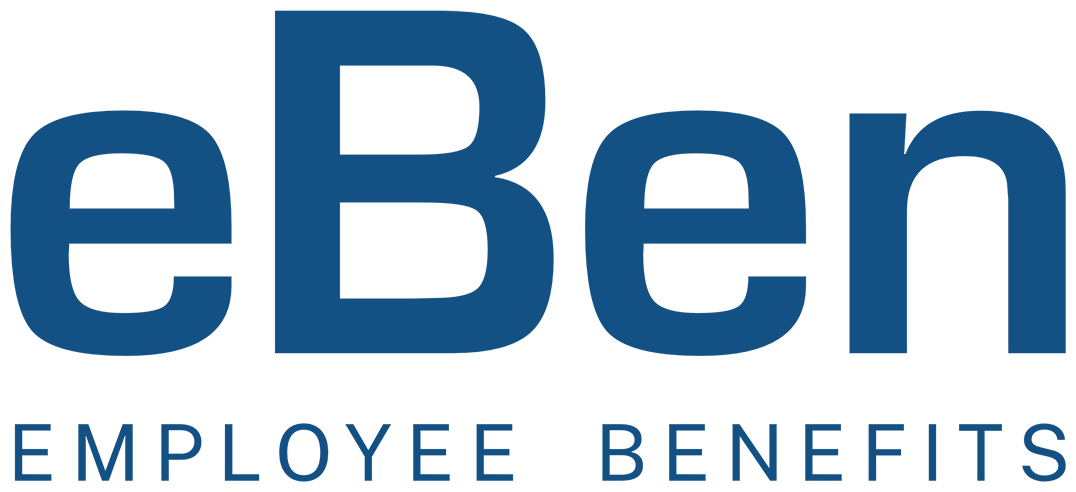 Over the past decade, remote work has shifted from a perk to the standard for many businesses. This shift kicked into high gear during the COVID-19 pandemic when as many as 70% of full-time workers began clocking in from home, according to a survey by Owl Labs. Now, as we navigate the post-pandemic world, this remote work trend remains prominent, with 80% of survey participants intending to work from home at least three days per week.
Over the past decade, remote work has shifted from a perk to the standard for many businesses. This shift kicked into high gear during the COVID-19 pandemic when as many as 70% of full-time workers began clocking in from home, according to a survey by Owl Labs. Now, as we navigate the post-pandemic world, this remote work trend remains prominent, with 80% of survey participants intending to work from home at least three days per week.
Adapting to this new reality also means reevaluating traditional employee benefits to accommodate a distributed workforce, a mix of in-office and remote teams. The challenge is to align benefits to meet the diverse needs of this hybrid workforce.
So, how can we navigate these changes? Here are some tips:
Tip 1: Customize to Employee Needs
Employee benefits shouldn’t be one-size-fits-all. While health insurance, retirement plans, and paid time off are still desired benefits, the needs of a hybrid workforce can differ.
So, how do you find out what your employees want? Simple. Ask them. Empower your HR team to conduct detailed surveys, allowing employees to express their preferences and rank benefits in order of importance. Digital platforms enable anonymous and effective feedback, making it easier to capture diverse viewpoints.
Tip 2: Promote Health and Wellness
Remote work brings flexibility and job satisfaction but also the risk of a more sedentary lifestyle. An Upright Pose survey found 60% of remote workers reduced their physical activity by over half since working from home.
To address this, consider prioritizing health and wellness benefits such as:
- Wellness Programs: Implement programs that offer services such as nutritional counseling or weight management tools, equipping employees with knowledge and resources to maintain a healthy lifestyle.
- Gym Memberships: Promote physical activity by providing free or discounted gym memberships.
- Mental Health Support: Offer resources such as virtual counseling or mindfulness apps to help employees manage mental well-being.
- Ergonomic Support: Assist in setting up ergonomic home offices to reduce musculoskeletal problems.
- Team Health Activities: Organize team health activities and challenges to motivate your team to stay active and healthy.
Tip 3: Encourage Team Collaboration
 A distributed workforce can sometimes feel… well, distributed. Remote workers may miss out on the in-person interactions that foster teamwork and camaraderie. But who says benefits can’t help bridge this gap?
A distributed workforce can sometimes feel… well, distributed. Remote workers may miss out on the in-person interactions that foster teamwork and camaraderie. But who says benefits can’t help bridge this gap?
Consider arranging company-wide meetups, with the company taking care of food and accommodation. These get-togethers, though not frequent, can inspire unity and collaboration. If in-person events aren’t feasible, online team-building activities are a great alternative.
Tip 4: Understand Legal Requirements
As the talent pool expands across state lines and international borders with the growth of remote work, new legal considerations arise. It’s important to understand the rules and regulations in different jurisdictions that could influence your benefits package.
Different regions have varying labor laws that can impact your benefits package, such as:
- Paid time off
- Maternity and paternity leave
- Healthcare provisions
- Retirement contributions
- Work hours and overtime compensation
- Job security and termination laws
- Workers’ compensation
- Minimum wage laws
Rely on legal counsel or an HR team well-versed in international labor laws to navigate these complexities.
Navigating the New Normal
 In the era of remote work, adapting employee benefits to a distributed workforce is more important than ever. The key is to involve employees in shaping these packages, making them feel valued and supported.
In the era of remote work, adapting employee benefits to a distributed workforce is more important than ever. The key is to involve employees in shaping these packages, making them feel valued and supported.
At eBen, we’re here to guide businesses through these changes. Feel free to connect with us by filling out our online contact form or by contacting eBen directly at (910) 518-9338. Together, we can shape the future of work.


